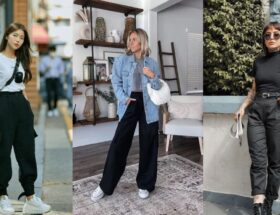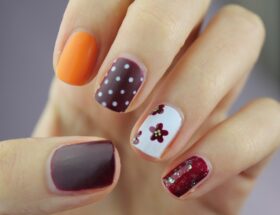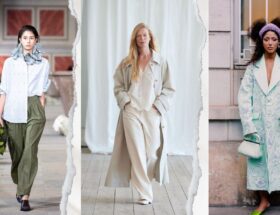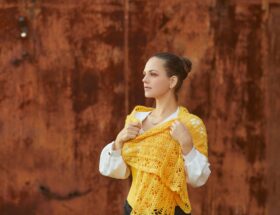Navigating the intricate realm of fashion involves encountering terms like Attire, Outfits, Clothing, Aesthetic, and Style, often used interchangeably but not always accurately.
This article aims to demystify the concept of ‘fashion attire’ by dissecting its aesthetic components, functional purposes, and societal implications.
Let’s delve into the definition of ‘fashion attire‘ within the broader context of fashion and explore its connections with related terms like Outfit and Clothing.
Understanding Attire:
Attire encompasses a thoughtfully curated ensemble of garments intentionally selected to serve a particular purpose, task, or social context, blending aesthetic appeal with high functionality.
The term ‘Attire’ traces its roots to Middle English, specifically “attiring,” signifying the act of fitting oneself with garments.
Originally, attiring meant preparing or dressing for a specific objective.
The Role of Attire:
Every garment, outfit, and fashion style they embody acts as visual representations, allowing individuals to showcase aspects of their social status, wealth, values, or group affiliations.
For instance, haute couture creations, given their production cost and elevated market value, become symbols of affluence and social prestige.
Conversely, individuals donning streetwear convey a unique and rebellious spirit, challenging conventional fashion norms.
The primary function of Attire is to enable the wearer to fulfill a social role or attend a specific function.
However, decoding the visual language conveyed by Attire hinges on societal consensus and hierarchies.
The motifs embedded in fashion attire transcend mere ornamentation; they carry symbolic meanings and mirror cultural narratives.
From a functional standpoint, fashion attire addresses practical considerations such as comfort, durability, and appropriateness for diverse occasions.
Aesthetic Elements in Attire:
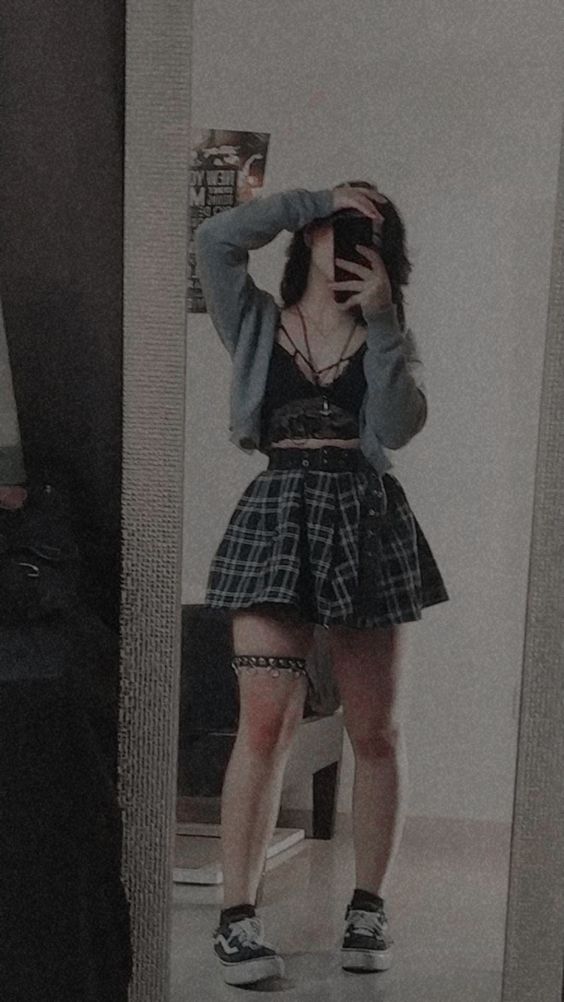
Image Credit: Pinterest
Fashion attire intricately weaves together carefully chosen aesthetic elements—motifs, patterns, palettes, shapes, and materials—converging to form a visual language.
Forms and shapes significantly contribute to the overall visual impact and proportionality of fashion attire.
These elements influence not only wearability and comfort but also societal perceptions; for instance, oversized shoulders in military uniforms convey a specific social influence.
The silhouette of Attire, whether tailored and angular or flowing and amorphous, signifies various ideals and roles, exerting a profound impact on social perceptions.
In essence, fashion attire is a nuanced interplay of aesthetics, functionality, and cultural symbolism.
| Take, for instance, the prevalence of monochrome hues in corporate attire or the vibrant and striking colors prominent in tropical cultures. These choices transcend mere aesthetic appeal, delving into the realms of social signaling and psychological impact. In corporate settings, the dominance of monochrome tones communicates a sense of professionalism, sophistication, and a cohesive organizational identity. The subdued and harmonious palette reflects a collective commitment to a formal and unified image. On the flip side, the use of vivid and lively colors in tropical cultures serves as a vibrant expression of the region’s energy, warmth, and rich cultural diversity. These colors go beyond mere adornment, acting as powerful symbols that convey a sense of community, celebration, and a connection to the natural environment. In both scenarios, the choice of colors in attire becomes a language of its own, communicating messages about identity, values, and the desired atmosphere. The impact goes beyond what meets the eye, influencing perceptions and interactions on a deeper, often subconscious level. |
What Serves as an Exemplar of Attire?
Consider the Japanese kimono ensemble, a prime example of Attire where each fabric and color holds explicit symbolic intentions, and additional motifs signify social grades.
Similarly, the classic silhouette of a tuxedo jacket, crafted from luxurious materials with satin lapels and hand-stitched buttons, stands as a functional yet visually imposing piece.
The tuxedo serves the purpose of formalwear, deemed suitable for ceremonies and elegant gatherings.
Distinguishing Between Attire and Outfit:
While both terms, Attire, and Outfit, encompass collections of garments and accessories, their distinctions lie in function, aesthetics, and occasion specificity.
Function:
Attire is invariably associated with formal or specialized dress codes, whether it’s for a wedding, sports event, or professional setting.
In contrast, an Outfit encompasses any stylistic ensemble, spanning the spectrum from formal to casual.
Aesthetics:
Attire leans towards traditional aesthetics rooted in formal or cultural contexts.
On the other hand, an Outfit incorporates aesthetic elements and motifs linked to specific subcultures.
Occasion Specificity:
Attire is inherently occasion-specific, with adherence to its unspoken norms holding significant social implications.
Deviating from these norms may lead to social faux pas. Conversely, an Outfit carries less social weight, providing a platform for personal fashion style and self-expression.
Distinguishing Attire, Clothing, and Garment:
While Attire comprises Clothing and Garments, each term represents distinct concepts in the realm of fashion.
- Clothing: This is a comprehensive term encompassing all types of garments designed to cover the human body.
- Garment: Refers to an individual piece of clothing, like a dress or a suit, without implying a complete Attire or Outfit.
- Attire: Integrates aesthetics, functionality, and social signaling into a cohesive ensemble, conveying a specific role in the social context with collective meanings.
In the realm of Attire, each garment, footwear, and accessory plays a role in conveying a particular message through silhouettes, patterns, colors, and materials.
Main Types of Attires:
|



